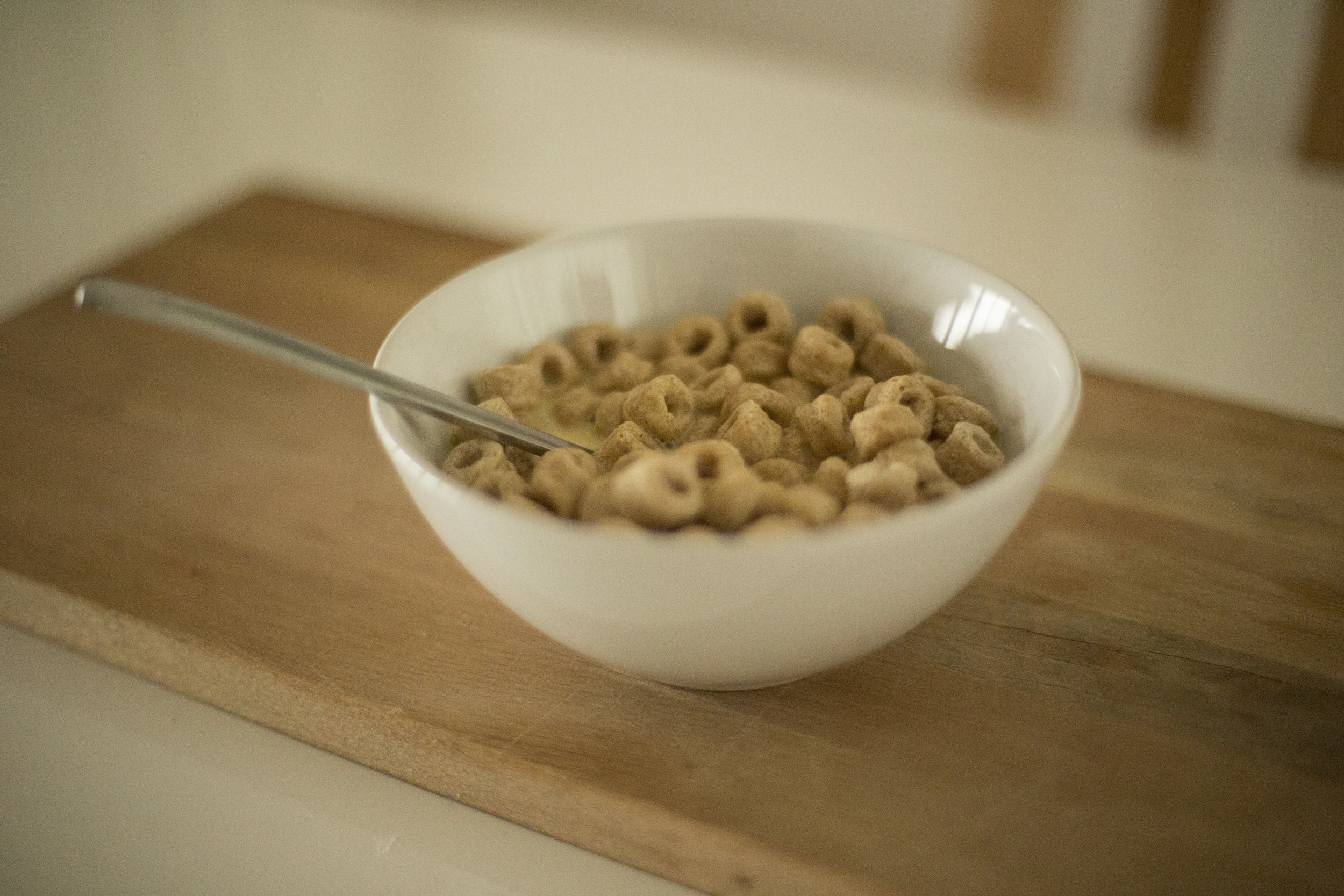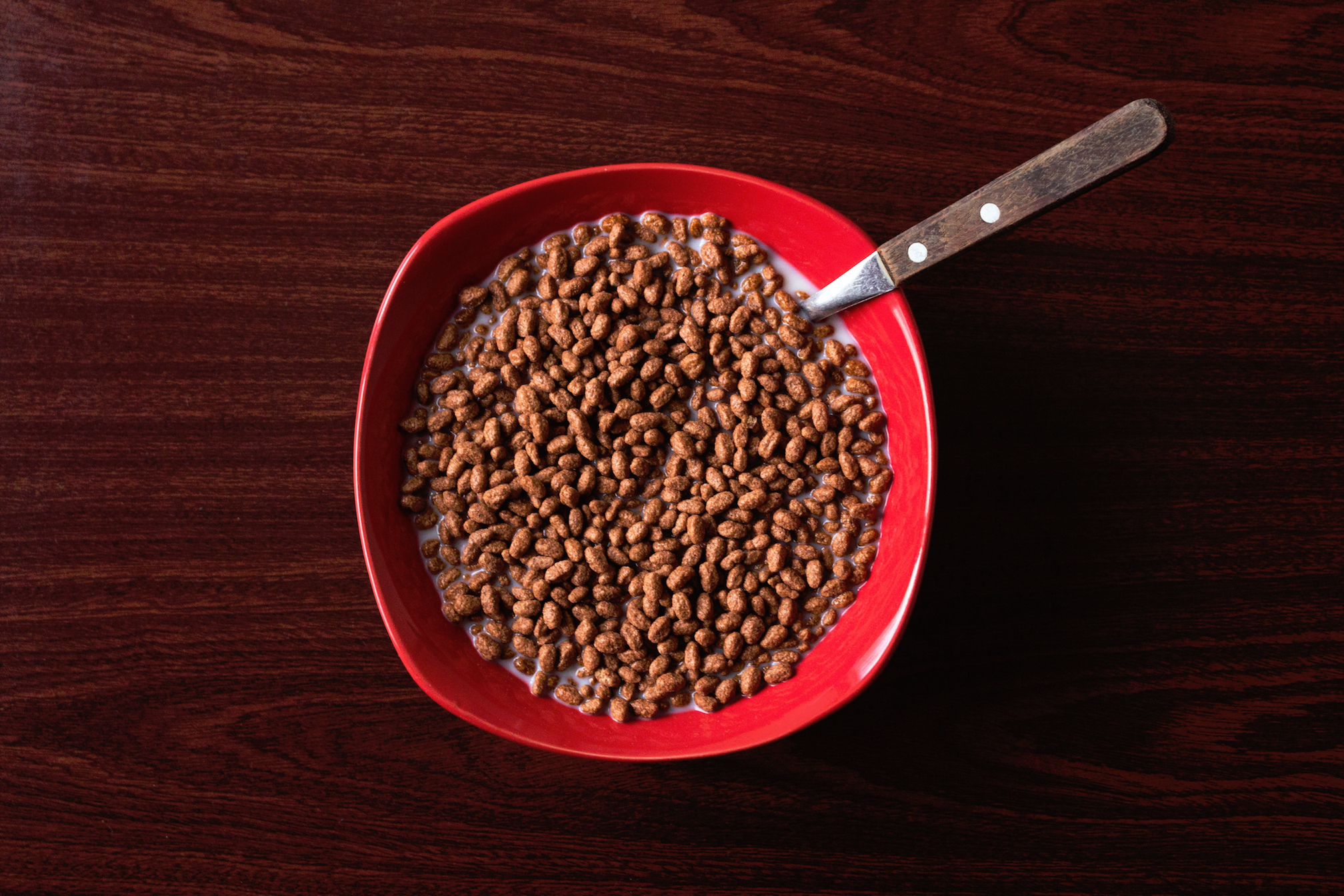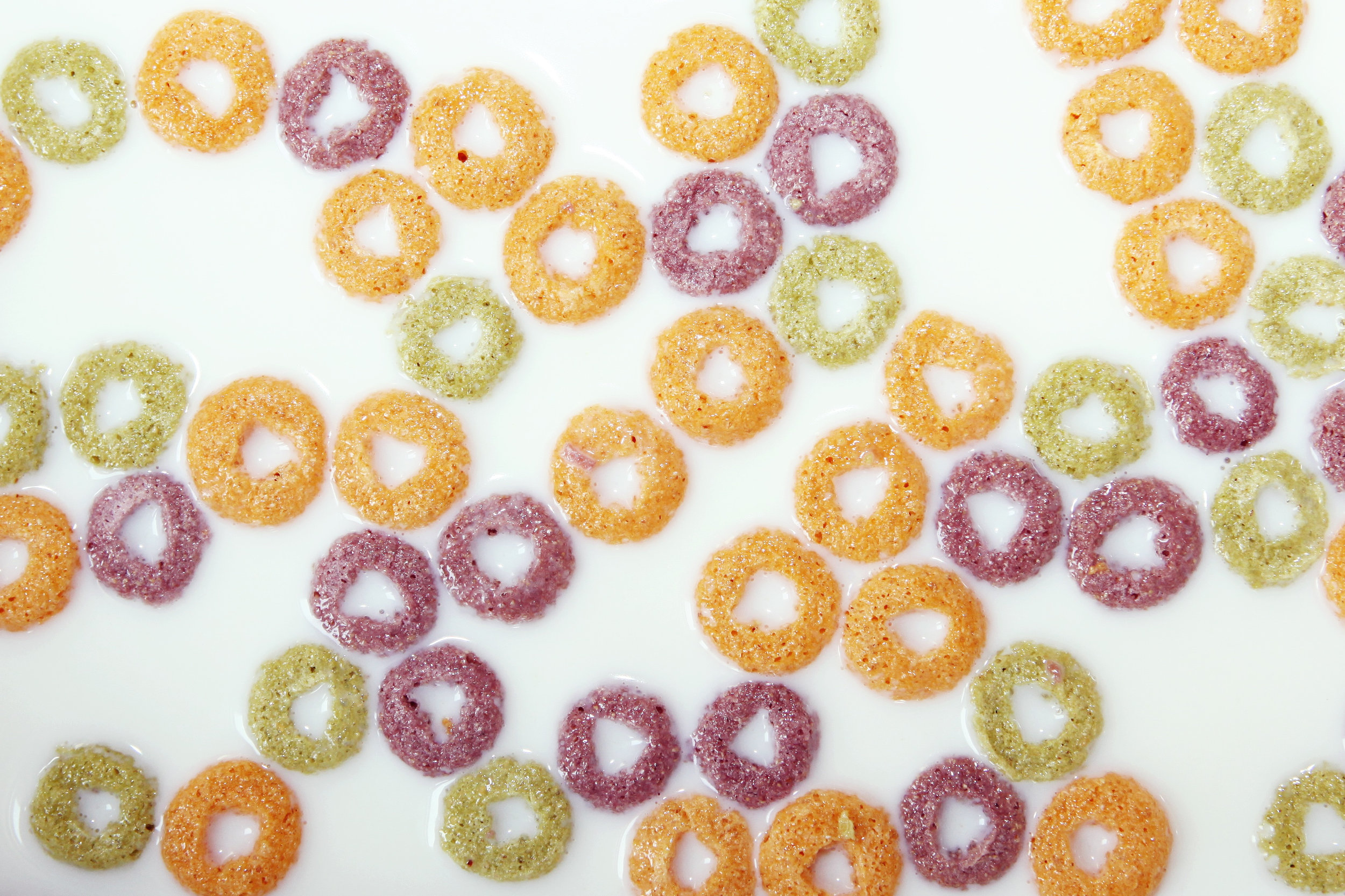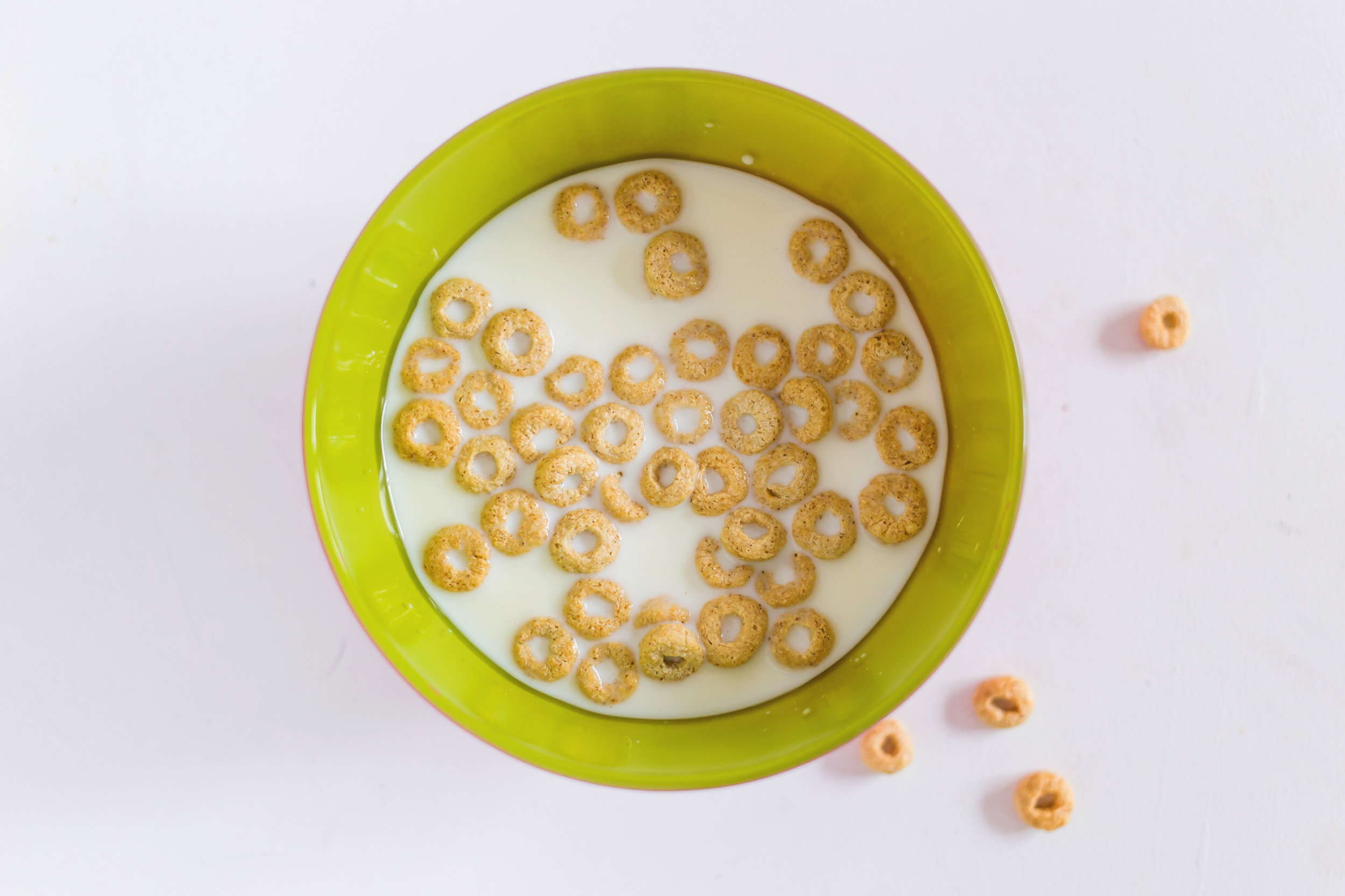
Nutrition Tips. Life Advice. Wellness On Demand.
Packing a Gut Friendly Lunchbox
Holy Moly – here we are again. Back to school and packing lunches. It was fabulous to have a break from it, but I’m keen to get back into all things routine until I’m not again! Lol.
Today’s article will be short and sharp.
We are all busy doing the best we can, but let’s not forget that the health of our children is in our hands. We have such a short period of time to have a profound effect on the foundation of their health, and that is primarily through nutrition and wellness practices. For the purpose of today, the focus will be on nutrition.
You can listen to the audio summary of the article here:
Here are some of my top tips for packing a gut friendly lunchbox:
Wholefood ingredients AS MUCH AS POSSIBLE is the first start. Look at what you are currently packing and ask how can you improve it from there. Just start somewhere.
Make the base ingredients the best quality you can afford. For example:
Use sourdough bread instead of conventional commercial baked bread to avoid the plethora of additives and preservatives
Use spelt bread for a lower gluten load
Try making your own loaf from time to time using quality ingredients
Use good quality grassfed butter, even better, make it organic – AVOID MARGARINE AT ALL COSTS, even the so called “healthy ones”
Check the ingredients of cheese, it should only contain 4 ingredients, NOTHING ELSE. Stay away from the plastic wrapped cheese....need I say more?
Do not be afraid to use butter liberally (if it can be tolerated of course)– it contains amazing fat soluble vitamins that is needed for optimal development, not to mention great for cellular health and stabilisation of blood sugar levels. I know what you are going to say next, but it doesn't spread that easily. Solution - take it out 2 minutes before you need it - PROBLEM FIXED - USE REAL BUTTER
Instead of a packaged/processed item for recess, include a homemade baked goodie. When using quality ingredients and wholefood sweeteners (in moderation) these actually provide nutrients rather just empty calories and a chemical sh&t storm. Try out a new recipe at home for a snack or on the weekend BEFORE putting it into the lunchbox.
Use left-overs where ever you can, either as a sandwich filling or in a thermos container
If you are incorporating a packaged item of some sort - CHECK THE LABEL. Ask yourself, will my child's body recognise these ingredients as a food?
Avoid those sugar laddened poppers claiming to be healthy. Did you know one 250ml popper can contain 5-7 tsp of sugar??!!!! There is nothing wrong with water. Make fruit infused water if they need some flavour
If you are wanting to move to a more wholefood lunchbox, include food items your child will like. For example, if I was to put a blueberry muffin into my son’s box, I can guarantee you it will not be eaten. Put in a savoury type muffin and it will be gobbled up. Vice versa with my daughter.
Lastly, but most importantly.....PLAN IT & BATCH IT. I am not even going to pretend that it is super simple and easy to just whip up healthy nourishing lunchboxes EVERYDAY for weeks on end. However, you can simplify and move through it with ease by planning first and foremost and then batching it.
To combat the issue of the food not eaten or going to waste. I have a rule – “What is not eaten at school will be eaten as a snack when they get home BEFORE anything else is provided” I am very firm with this and so far this has worked really well.
To help you with some inspiration beyond the humble sandwich, I’ve put together a Snacks & Lunches Guide that provides 26 Snack & lunch ideas (sweet & savoury) and 10 of my favourite recipes that are well recycled and on high rotation in my house. The majority of the recipes are freezer & batch cooking friendly.
Click on the BUTTON below to get it delivered straight to your inbox.
Chantal is a Certified Nutrition & Wellness Coach with a special interest helping stressed and overwhelmed parents implement gut healing protocols using a personalised step by step approach to improve the health of their family.
The problem with commercial breakfast cereal
So you think the breakfast cereal you got from the supermarket is OK? Well think again. There is very little, with next to nothing in terms of nutrition in them.
But it's fortified with vitamins and minerals I here you say. I used to think that too until I started understanding what nutrition actually is. You see, the body ONLY recognises vitamins and minerals in a wholefood form.
Firstly, lets address how a cereal is manufactured.
According to Authority Nutrition, this is how a commercial breakfast cereal is typically made:
Processed –grains are usually processed into a fine flour and cooked
Mixed – Mixed with water, sugar and other ingredients to flavour
Extrusion – A high temperature process to shape the cereal, called extrusion
Dried – Then it is dried
Shaped – and finally shaped into balls, puffs, loops, stars etc
Given the process described above, not only are they highly processed, but they also contain large amounts of refined carbohydrates, refined sugars and plenty of other flavours and additives. This is not conducive to a wholefood, let alone improving general and gut health.
Not only is the manufacturing process an issue, there is also the issue of the marketing claims on the front of the box. If a food is truly healthy, there is no need to make health claims.
If a boxed commercial cereal must remain your preferred choice of breakfast, then please read the labels carefully. Some principles to consider:
Can you understand the ingredient list? Does it make sense?
Is it free of artificial colours & flavouring ? These are the biggies to look out for:
Artificial Colours (102, 104, 107, 110, 120, 120, 122-129, 132, 142, 150, 151, 155, 160b))
Artificial Flavouring (620-625, 627, 631, 635, Hydrolysed Vegetable Protein (HVP), Hydrolysed Soy Protein (HSP), Soy Protein Isolate(SPI), Textured Vegetable Protein (TV P))
Check the sugar content, aim for less than 5g of sugar per 100mg
Check the serving size. Most cereals will say that a serving size is 30-40g, however when you actually measure that out, you will find that 3-4 times that amount is needed as a decent breakfast portion, therefore the sugar content will need to be multiplied by that amount. All of the sudden, your sugar content is not looking so great.
So what are my options I hear you say. I'm busy, I don't have time to prepare a gourmet breakfast everyday. That's OK, neither do I, and really, who does....lol
If you did decide to ditch the boxed versions, here are some wholefood options instead:
Eggs any which way you want, scrambled, boiled, poached, baked
Home-made granola with a beautiful array of nuts and seeds either served with a milk or yoghurt of your choice, even better use a dairy free option
Smoothie – just add a liquid + fruit + vegetable + protein + fat + superfood powder (optional)
Overnight soaked oats, preferably using uncontaminated oats from here
Chia-puddings made with any high quality milk of your choice
Baked Breakfast muffins, grain or grain free
Quinoa or millet porridge with dates & nuts (good alternative to oats)
Breakfast cakes made with wholesome ingredients. See my grain free cake one here
Grain or grainfree pancakes.
Leftovers from the night before. Especially in winter, my son will often ask for leftovers for breakfast
All of these options possess the following properties:
Made from wholefood ingredients the body can recognise
Can be made ahead of time and stored in the fridge or freezer for a grab & go or re-heat
Contains the right balance of macro ingredients of fats, proteins & carbohydrates.
As a gift to get you started on a wholefood breakfast option, I've put together 5 of our favourite breakfast recipes that are loved in our home.
If you think you or your family could benefit from transitioning to a healing wholefood lifestyle, get in contact with me today for your FREE Health Mapping Session.
Chantal is a Certified Nutrition & Wellness Coach that specialises in helping stressed and overwhelmed mums heal their children with wholefoods using a personalised wholistic step by step approach.
- August 2021
- July 2021
- May 2021
- June 2020
- May 2020
- April 2020
- March 2020
- January 2020
- September 2019
- August 2019
- July 2019
- June 2019
- May 2019
- August 2018
- June 2018
- May 2018
- April 2018
- March 2018
- February 2018
- January 2018
- December 2017
- November 2017
- October 2017
- August 2017
- July 2017
- June 2017
- April 2017
- March 2017
- October 2016
-
Asthma
- Jun 3, 2019 Foods that trigger Asthma Jun 3, 2019
-
Eczema
- Aug 6, 2019 Alternatives to apply to your skin if you are suffering with Eczema or Psoriasis Aug 6, 2019
- Jul 15, 2019 Ingredients to avoid when looking for a moisturiser for Eczema Jul 15, 2019
- Jun 3, 2019 The Eczema Diet Jun 3, 2019
- May 19, 2019 The Role of the gut in ECZEMA May 19, 2019
- Aug 8, 2018 The Top 3 Foods that could be triggering the next Eczema Flare Aug 8, 2018
-
General
- Jun 1, 2018 Winter Wellness - Medicinal foods in your garden, pantry and fridge Jun 1, 2018
- Jan 30, 2018 Packing a Gut Friendly Lunchbox Jan 30, 2018
- Dec 19, 2017 4 Steps to keeping the family's immune system & gut healthy over the holiday period Dec 19, 2017
- Dec 19, 2017 The Lessons I Learnt during 2017 Dec 19, 2017
- Jul 31, 2017 Homeopathy and why you should consider using it! Interview with Carolyne Hallet Jul 31, 2017
- Jun 27, 2017 What is "HEALTHY" Jun 27, 2017
- Jun 21, 2017 Fussy Eating!!! And how I overcame it. Jun 21, 2017
- Jun 8, 2017 The problem with commercial breakfast cereal Jun 8, 2017
- Apr 29, 2017 Sleep - Who doesn't want more? Interview with Naturopath Norelle Hentschel Apr 29, 2017
- Mar 14, 2017 The 4 lessons I learnt healing from Adrenal Fatigue Mar 14, 2017
- Oct 23, 2016 4 easy steps to ensure your child is getting the best nutrition possible! Oct 23, 2016
-
Health
- May 13, 2020 The TRUTH Bombs of nutrition! May 13, 2020
- Aug 6, 2019 Alternatives to apply to your skin if you are suffering with Eczema or Psoriasis Aug 6, 2019
- Jul 15, 2019 Ingredients to avoid when looking for a moisturiser for Eczema Jul 15, 2019
- Jun 12, 2019 Gut Healing Foods Jun 12, 2019
- Jun 3, 2019 Foods that trigger Asthma Jun 3, 2019
- Jun 3, 2019 The Psoriasis Diet Jun 3, 2019
- Jun 3, 2019 The Eczema Diet Jun 3, 2019
- May 22, 2019 Skin Rashes in Children - When to be concerned May 22, 2019
- May 22, 2019 I think my child has a dairy intolerance, what can I do about it? May 22, 2019
- May 19, 2019 The Role of the gut in ECZEMA May 19, 2019
- Aug 8, 2018 The Top 3 Foods that could be triggering the next Eczema Flare Aug 8, 2018
- Jun 1, 2018 Winter Wellness - Medicinal foods in your garden, pantry and fridge Jun 1, 2018
- May 23, 2018 The REAL truth about eating Wholefood May 23, 2018
- Apr 24, 2018 A day with the world's leading microbiologist Apr 24, 2018
- Jan 30, 2018 Packing a Gut Friendly Lunchbox Jan 30, 2018
- Dec 19, 2017 4 Steps to keeping the family's immune system & gut healthy over the holiday period Dec 19, 2017
- Nov 19, 2017 Tips for Dealing with Fussy Eaters...... Nov 19, 2017
- Oct 18, 2017 Healing Eczema a 2nd Time & the lessons I learnt along the way!! Oct 18, 2017
- Aug 15, 2017 Improving the health of your gut is not just about popping a probiotic! Aug 15, 2017
- Jul 31, 2017 Homeopathy and why you should consider using it! Interview with Carolyne Hallet Jul 31, 2017
- Jul 25, 2017 What is needed to build a strong healthy Immune System Jul 25, 2017
- Jul 12, 2017 5 Easy Ways to get Healing Foods into your kids without fuss! Jul 12, 2017
- Jun 27, 2017 What is "HEALTHY" Jun 27, 2017
- Jun 21, 2017 Fussy Eating!!! And how I overcame it. Jun 21, 2017
- Jun 8, 2017 The problem with commercial breakfast cereal Jun 8, 2017
- Apr 29, 2017 Sleep - Who doesn't want more? Interview with Naturopath Norelle Hentschel Apr 29, 2017
- Apr 19, 2017 Interview with Sally Gray for all things gut health Apr 19, 2017
- Apr 3, 2017 The 3 P's of Gut Healing Apr 3, 2017
- Mar 27, 2017 How do I know if I need gut healing? Mar 27, 2017
- Mar 21, 2017 My Top 10 Gut Healing Pantry Essentials Mar 21, 2017
- Mar 14, 2017 The 4 lessons I learnt healing from Adrenal Fatigue Mar 14, 2017
- Oct 23, 2016 4 easy steps to ensure your child is getting the best nutrition possible! Oct 23, 2016
-
Mindset
- Aug 18, 2021 Visualisation.....The power of your imagination Aug 18, 2021
- Jul 22, 2021 3 Steps to show up and BE your best self Jul 22, 2021
- Jul 19, 2021 The truth about Self Limiting Beliefs Jul 19, 2021
- May 11, 2021 Your True Personal Power Within May 11, 2021
- Jun 24, 2020 Lets talk motivation Jun 24, 2020
- Jun 24, 2020 Educate and Inspire vs Diagnose and Treat - the role of coaching Jun 24, 2020
- Apr 29, 2020 Let's talk about for RESPONSIBILITY for SELF in terms of Health & Wellness Apr 29, 2020
- Mar 11, 2020 The essential way of "BEING" in order to transform you and your family's health and wellness Mar 11, 2020
- Jan 29, 2020 Getting the school year off to a FLYING start! Jan 29, 2020
- Sep 17, 2019 Emotional Freedom Technique (EFT) Basics Sep 17, 2019
- Aug 13, 2019 Are you ready to be IGNITED? Aug 13, 2019
- Mar 14, 2018 What does it mean to have a coach? Mar 14, 2018
- Feb 18, 2018 Interview with Sally Gray - The IGNITE Quest Feb 18, 2018
- Jul 17, 2017 4 Steps to Fill Up Your Child's Love Tank Jul 17, 2017
- Mar 7, 2017 What is a Nutrition & Wellness Coach Mar 7, 2017
-
Psoriasis
- Jun 3, 2019 The Psoriasis Diet Jun 3, 2019
-
Wellness
- Aug 18, 2021 Visualisation.....The power of your imagination Aug 18, 2021
- Jul 22, 2021 3 Steps to show up and BE your best self Jul 22, 2021
- Jun 24, 2020 Lets talk motivation Jun 24, 2020
- Jun 24, 2020 Educate and Inspire vs Diagnose and Treat - the role of coaching Jun 24, 2020
- May 11, 2020 Interview with Melanie White - The Role of Health & Wellness Coaches. May 11, 2020
- Mar 11, 2020 The essential way of "BEING" in order to transform you and your family's health and wellness Mar 11, 2020
- Jan 29, 2020 Getting the school year off to a FLYING start! Jan 29, 2020
- Sep 17, 2019 Emotional Freedom Technique (EFT) Basics Sep 17, 2019
- Aug 13, 2019 Are you ready to be IGNITED? Aug 13, 2019
- Mar 14, 2018 What does it mean to have a coach? Mar 14, 2018
- Feb 18, 2018 Interview with Sally Gray - The IGNITE Quest Feb 18, 2018
- Feb 13, 2018 Back to School: Emotional Wellness for our kids! Feb 13, 2018
- Dec 19, 2017 The Lessons I Learnt during 2017 Dec 19, 2017
- Jul 17, 2017 4 Steps to Fill Up Your Child's Love Tank Jul 17, 2017
- Mar 7, 2017 What is a Nutrition & Wellness Coach Mar 7, 2017
-
gut health
- May 13, 2020 Could a critter be the reason for your symptoms? May 13, 2020
- Jun 12, 2019 Gut Healing Foods Jun 12, 2019
- May 22, 2019 Skin Rashes in Children - When to be concerned May 22, 2019
- May 22, 2019 I think my child has a dairy intolerance, what can I do about it? May 22, 2019
- May 23, 2018 The REAL truth about eating Wholefood May 23, 2018
- Apr 24, 2018 A day with the world's leading microbiologist Apr 24, 2018
- Jan 30, 2018 Packing a Gut Friendly Lunchbox Jan 30, 2018
- Aug 15, 2017 Improving the health of your gut is not just about popping a probiotic! Aug 15, 2017
- Jul 12, 2017 5 Easy Ways to get Healing Foods into your kids without fuss! Jul 12, 2017
- Apr 19, 2017 Interview with Sally Gray for all things gut health Apr 19, 2017
- Apr 3, 2017 The 3 P's of Gut Healing Apr 3, 2017
- Mar 27, 2017 How do I know if I need gut healing? Mar 27, 2017
- Mar 21, 2017 My Top 10 Gut Healing Pantry Essentials Mar 21, 2017







